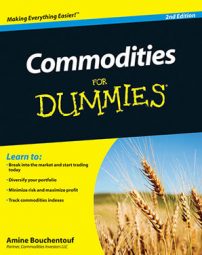A new breed of Exchange-Traded Funds (ETFs) is emerging and is having a major impact on the ETF and commodity landscapes: leveraged ETFs. As the name suggests, leveraged ETFs (or LETFs, for short) seek to boost the returns of the underlying asset by using an added layer of leverage.
LETFs often do this through futures, options, and swaps, to enhance returns. The leverage can go both ways, both long and short, so it has a certain degree of versatility that investors find appealing and that has boosted the popularity of this new breed.
However, LETFs have also come under strong criticism by industry insiders for the massive use of leverage. Leverage is a double-edged sword, possibly enhancing your returns on the way up, but ushering in potential catastrophe on the way down. Professional investment advisors warn their clients about the responsible use of leverage, and if you’re not an experienced trader, you should tread carefully with LETFs.
If you’re gung-ho about using LETFs, consult your financial advisor and carefully read the fine print in the prospectus to get a solid understanding of the type and degree of leverage used. In some cases, ETFs use double leverage — that’s right, leverage×2 — to further enhance returns. If you don’t have a crystal clear grasp of leverage, you are best to steer clear of products that use this mechanism.

